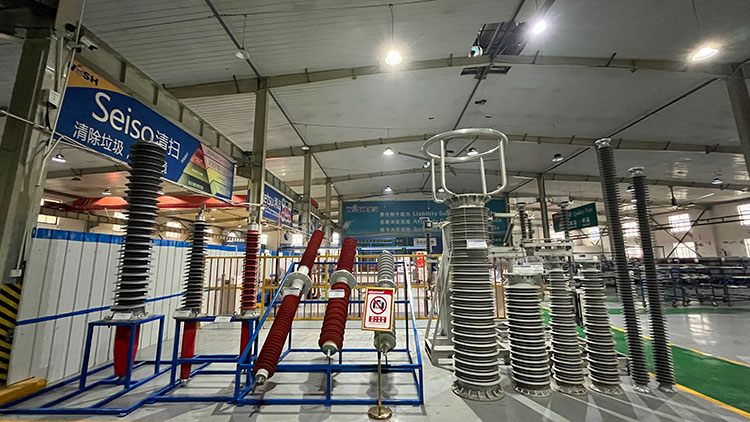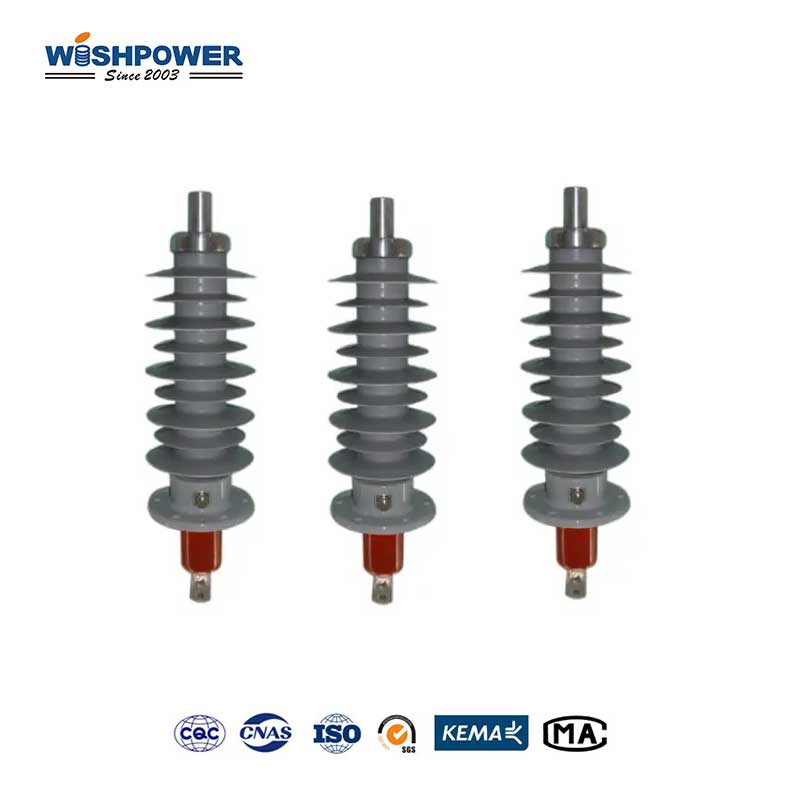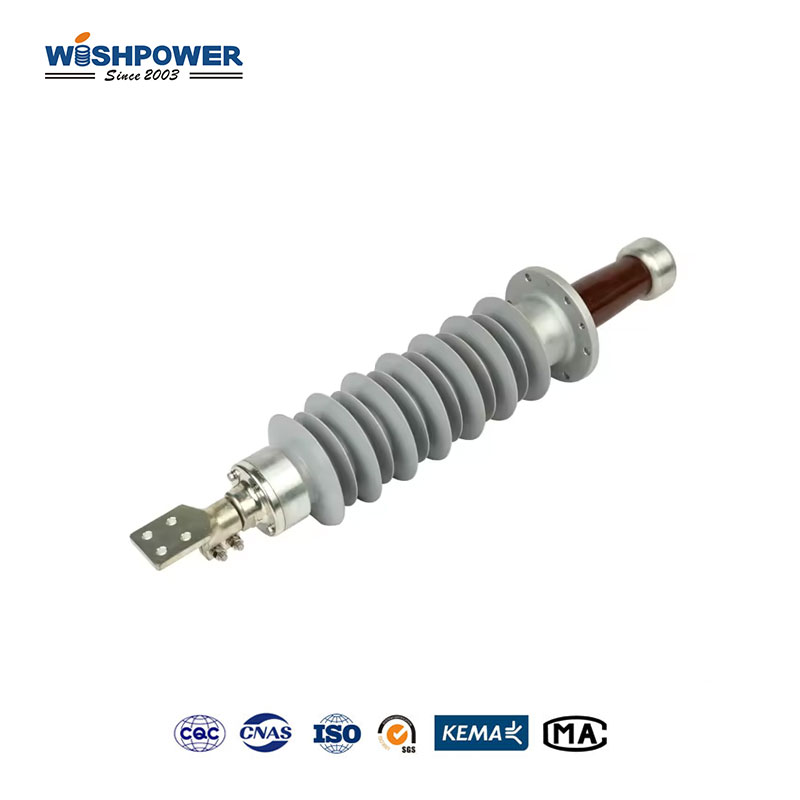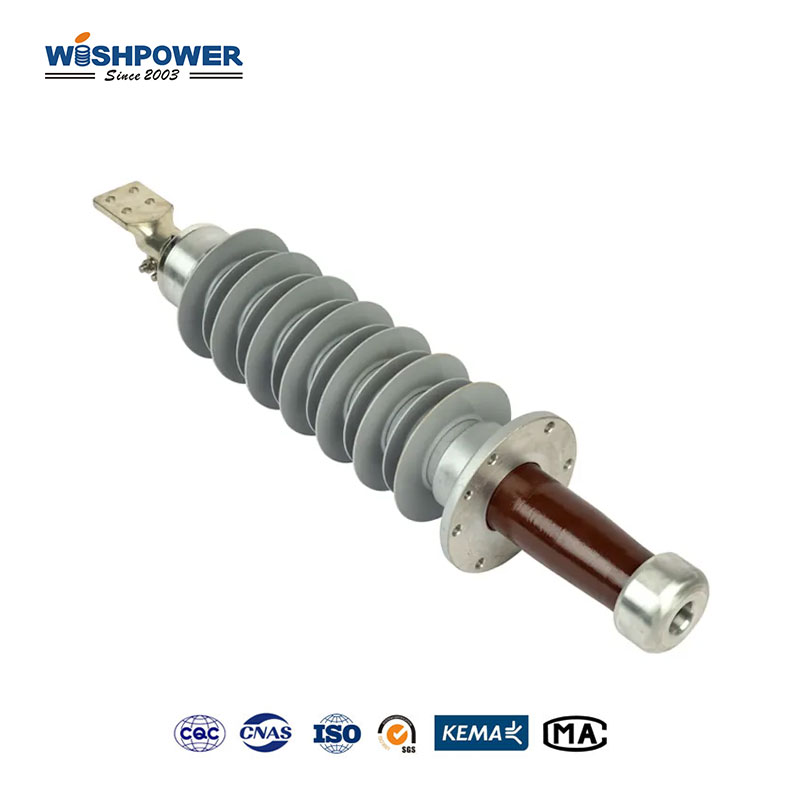What is the function of the bushing in a transformer?
The transformer works as an essential electrical component because it transfers electrical energy among multiple circuits by causing electromagnetic effects between them. A transformer requires the essential bushing as one of its main elements. The bushing plays an essential role in transformer functionality and safety even though it appears as a basic component.

What is a Bushing?
A bushing serves as an essential electrical component that allows transformers electrical switchgear and circuit breakers to transport electrical conductors securely through their metal enclosures. It functions as a protective cover because it maintains the energized transformer’s internal components apart from the external environment which protects against electrical breakdowns. The bushing design permits high-voltage transmission but it offers a conducting path alongside insulation which protects adjacent areas.
The Primary Function of the Bushing
A transformer bushing performs two essential roles by insulating conductors that extend through the shell and tank of the transformer. The insulation provided by bushings protects high-voltage elements contained inside transformers, maintaining the system’s safe operation. Electrical insulation provided by bushings prevents short circuits and arcing events that damage transformers and other connected components.
Types of Bushings in Transformers
The several transformer bushing types serve different operational requirements. The main types include:
The most typical bushing type used for transformers is porcelain. High-quality ceramic materials make porcelain bushings excel at insulation functions while withstanding extreme heat and heavy electrical pressures. Medium—to high-voltage transformers require these components as their standard bushing solution.
The composition of these bushings incorporates epoxy resin with fiber-reinforcing materials. The weight of composite bushings remains lightweight because they show better resistance against weather damage than standard porcelain bushings. The transformer’s external conditions determine when composite bushings become the appropriate solution.
The transformers operating at high voltages require oil-impregnated bushings to manage their electrical applications. The bushings contain insulating oil to enhance their dielectric strength and thermal stability thus enabling operation in high-voltage systems.
The applications of transformers requiring flexibility together with environmental stress resistance utilize silicone rubber bushings. Outdoor distribution applications need bushings with these qualities because they demonstrate high performance at severe temperatures combined with UV resistance.
Insulation and Voltage Control
Transformers need to operate at high voltages so insulation from the bushings becomes essential for their secure operation. The bushing’s insulation substance prevents any electrical leakage from happening which would create transformer troubleshooting or endpoint failure. The bushing delivers crucial functions to maintain transformer reliability by controlling voltages when the system encounters diverse load requirements.
The metal tank of the transformer would create dangerous faults or could result in catastrophic failures because high-voltage conductors would directly contact each other when bushings are absent. A bushing’s insulation ability stops this hazard and maintains safe energy delivery between places.
Mechanical Support and Durability
Bushings provide combined mechanical support and insulation to the transformer. The insulating material secures the conductors in their designated position while maintaining alignment relative to the transformer tank during operational functions. The bushing’s mechanical strength is an essential factor in maintaining a transformer’s operational durability, especially when operating in conditions with high vibrations.
Bushings are manufactured with resistance to different environmental elements ranging from severe weather conditions to humid conditions and varying temperatures. The resistance of composite as well as silicone rubber bushings against degradation through exposure to UV light and harsh conditions makes them exceptional in their design.
Role in Transformer Maintenance and Safety
The condition of bushings maintains transformer health directly. Various external components such as moisture and temperature variation together with mechanical damage to the bushing will eventually deteriorate its operational capacity. Routine bushing checks exploring damage indicators including cracks or color changes should be performed to stop unwanted transformer failures.
Installation of monitoring systems to measure temperature along with pressure and insulation resistance has become popular for bushings during regular maintenance procedures. Early problem detection through these monitoring systems gives operators enough time to perform timely interventions thus preventing severe damage to transformers.
Conclusion
Bushings prove vital for transformers because they perform dual electrical and mechanical operations in power systems. The components protect insulation while blocking electrical faults and creating adequate support for conductors. Knowledge about bushing types alongside their voltage control and mechanical support functions plus maintenance needs helps transformers reach extended operational life along with better reliability. Modern bushing technology improves efficiency while advancing electrical system safety and performance on a global level.
If you have different opinions or want to know more, please leave a message on the website or contact us directly at info@wishpower.net

















